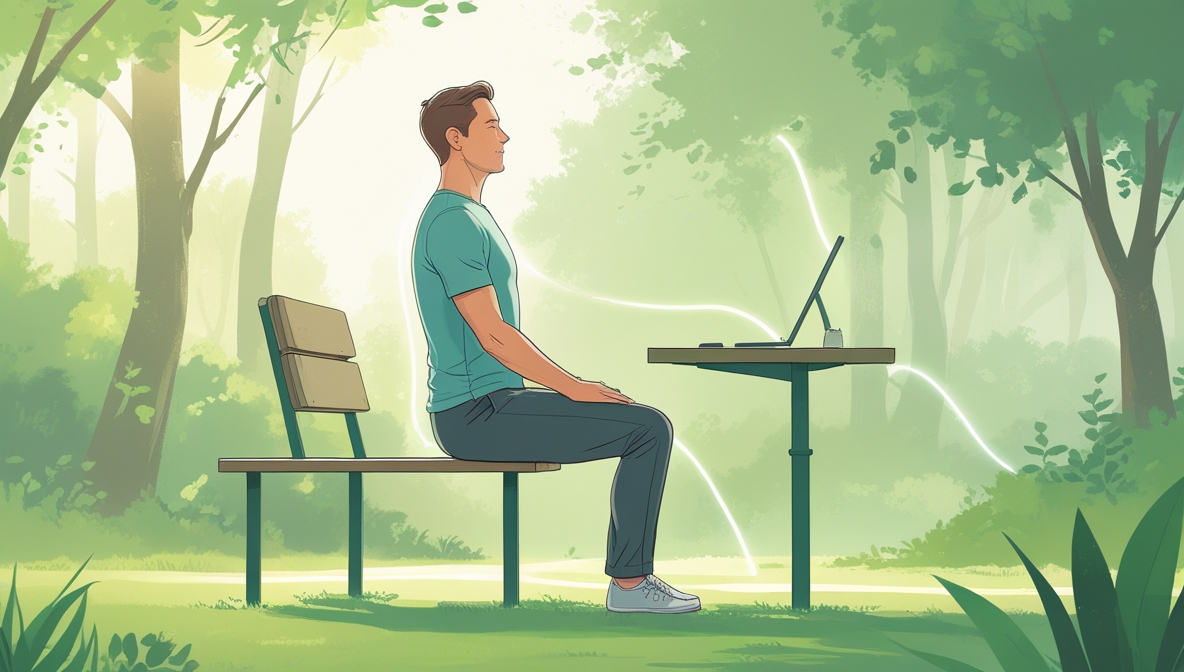How posture rewires your brain and body for healing

Written by Mathieu Stremsdoerfer, CEO and Co-Founder at Healactively
The way you sit and stand shapes how you feel and heal.
When most people think of posture, they imagine someone telling them to "sit up straight." It sounds like a minor habit something that might make you look more confident, but not something that changes your pain or recovery. But posture is far more powerful than it seems.
The truth is, posture isn’t just about the spine.
It affects your nervous system, your muscles, your breathing, and even the way your brain perceives pain.
Posture isn't a position - it's a pattern
Posture is not about holding a rigid pose. It’s about how you carry your body throughout the day, how you sit, how you move, how you respond to pain or stress. Over time, your body adapts to these patterns.
Poor posture habits send constant signals to your brain that reinforce:
- Muscle imbalance
- Joint compression
- Shallow breathing
- Physical tension and fatigue
When this becomes your default, your brain begins to treat those signals as "normal." And that’s when chronic pain can settle in even without injury.
The brain-body connection is stronger than you think
Your brain constantly maps your body. This process, called proprioception, helps you know where your body is in space and how to move safely.
But poor posture blurs this map. It confuses your brain and creates disconnects that affect:
- Movement quality
- Muscle coordination
- Balance and stability
- Pain sensitivity
By improving your posture even slightly, you help your brain reconnect with your body. You sharpen your map. You restore trust in movement.
This is why posture work is about far more than looking aligned. It’s about retraining your nervous system to support healing.
Healing starts with awareness
You don’t need perfect posture to heal. You just need to be aware of how your posture affects your body and begin making small adjustments.
Start by noticing:
- How long you stay in one position (especially sitting)
- Whether your shoulders round or your head shifts forward
- If your core is engaged or collapsed
- How your back feels during and after daily tasks
Small changes make a big difference when done consistently. Sit more upright. Shift your weight. Open your chest. Move regularly.
At Healactively, posture is part of the plan
We don’t treat posture as a side note. We see it as a foundational layer in your recovery.
Our approach is built around helping you understand how posture interacts with your muscles, your brain, and your daily habits so you can start retraining your body from the inside out.
Because healing your back isn’t just about stretching or strengthening.
It’s about building a new relationship between your brain and your body one movement, one position, one posture at a time.
Ready to build a body that moves better, feels safer, and heals faster?
Start your journey today with Healactively where every shift in posture becomes a step toward recovery.
